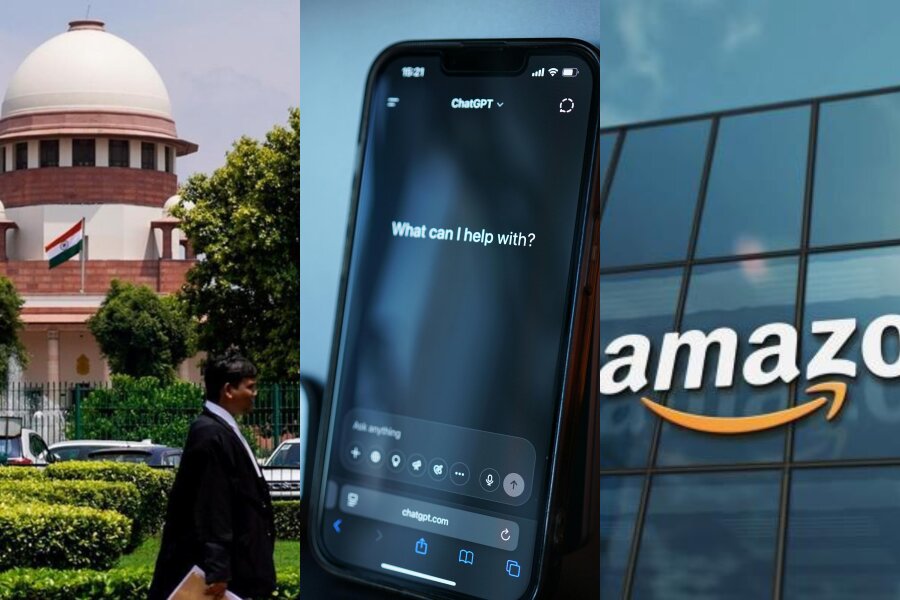Best Art & Cultural Property Law Lawyers in Popayan
Share your needs with us, get contacted by law firms.
Free. Takes 2 min.
List of the best lawyers in Popayan, Colombia
We haven't listed any Art & Cultural Property Law lawyers in Popayan, Colombia yet...
But you can share your requirements with us, and we will help you find the right lawyer for your needs in Popayan.
Find a Lawyer in PopayanAbout Art & Cultural Property Law in Popayan, Colombia
Art & Cultural Property Law in Popayan, Colombia primarily focuses on preserving and protecting the country’s rich cultural heritage. Popayan, a city celebrated for its colonial architecture and historical significance, is dedicated to maintaining its cultural artifacts. This legal discipline involves regulations concerning the ownership, transfer, and preservation of art and cultural assets. It encompasses areas such as restitution of cultural property, intellectual property rights relating to artworks, and issues concerning indigenous art and cultural expression.
Why You May Need a Lawyer
There are several common scenarios where individuals or organizations might seek legal expertise in Art & Cultural Property Law:
- If you are an artist seeking to protect your intellectual property rights.
- When dealing with the purchase or sale of artworks or cultural artifacts, ensuring compliance with local and international regulations.
- If you are a museum or gallery looking to acquire items from indigenous communities, it is essential to understand the applicable legal frameworks.
- In cases of disputed cultural property ownership or restitution claims.
- If you are organizing an exhibition that requires international lending and borrowing of artworks.
- When involved in legal disputes over art authenticity, provenance, or copyright issues.
Local Laws Overview
Key aspects of local laws in Popayan relevant to Art & Cultural Property Law include:
- The Colombian Constitution and Law 397 (General Law of Culture) emphasize the protection of cultural heritage, including tangible and intangible cultural property.
- Decrees such as the Law 1185 mandate the preservation and protection of historical assets, including the regulation of archaeological works and findings.
- Intangible cultural heritage is protected under laws that focus on preserving traditions, celebrations, and customs unique to Popayan and broader Colombian culture.
- Laws governing the export and import of cultural property enforce strict guidelines to prevent illegal trafficking of cultural assets.
- The Cultural Heritage Protection Division within the Ministry of Culture oversees the implementation of these laws and the safeguarding of national heritage.
Frequently Asked Questions
What qualifies as cultural property in Popayan?
Cultural property includes neighborhoods, public buildings, monuments, artworks, manuscripts, historical records, and traditional crafts that have cultural, historical, or archaeological significance.
How are artists' rights protected under Colombian law?
Artists' rights are primarily protected under intellectual property laws, which include copyright protection, moral rights, and resale rights ensuring creators retain ownership of their works.
Can cultural property be exported from Colombia?
Exporting cultural property requires authorization from the Ministry of Culture. This process is strictly regulated to prevent illegal trafficking and loss of heritage assets.
What legal procedures exist to claim restitution of cultural artifacts?
Restitution claims typically involve legal documentation proving ownership and significance, submitted to relevant governmental bodies and if necessary, pursued through legal channels.
Are there tax incentives for restoring cultural heritage sites?
Yes, both the national and local governments may offer tax benefits and financial support for the restoration and preservation of cultural heritage sites.
How is the authenticity of art determined in legal disputes?
Authenticity is often assessed by expert evaluations, provenance research, historical documents, and technical analyses performed by certified professionals.
What are the penalties for violating cultural property laws?
Penalties include fines, legal prosecution, possible imprisonment, and the confiscation of illegally obtained cultural property.
Can indigenous cultural expressions be patented?
While traditional knowledge and cultural expressions themselves can't be patented, initiatives exist to protect them through sui generis systems and agreements respecting indigenous rights.
Is it legal to make reproductions of cultural artworks?
Reproductions require appropriate permissions, especially if intended for commercial use, to ensure they do not infringe on copyright or moral rights of the original work.
Who enforces cultural property laws in Popayan?
The enforcement is primarily carried out by the Ministry of Culture and local authorities in Popayan, with support from law enforcement agencies when required.
Additional Resources
For individuals seeking more information or assistance, consider the following resources:
- The Ministry of Culture: Oversees national cultural property, offering guidelines and resources for preservation and legal matters.
- The Institute of Heritage and Culture of Popayan: A local body for heritage conservation and cultural projects.
- Legal Aid Clinics: Various universities offer legal clinics where law students under faculty supervision provide legal advice or support on cultural property matters.
Next Steps
If you need legal assistance in Art & Cultural Property Law in Popayan, consider the following actions:
- Consult with a specialized lawyer: Ensure they have expertise in art and cultural property law to provide accurate guidance.
- Gather all relevant documents: Including ownership records, provenance documents, and any communications or contracts related to your issue.
- Contact local cultural bodies: They can offer initial advice and direct you to the appropriate legal channels.
- Explore online resources: Many organizations provide educational materials that can offer insights into specific legal aspects of art and cultural property law.
Lawzana helps you find the best lawyers and law firms in Popayan through a curated and pre-screened list of qualified legal professionals. Our platform offers rankings and detailed profiles of attorneys and law firms, allowing you to compare based on practice areas, including Art & Cultural Property Law, experience, and client feedback.
Each profile includes a description of the firm's areas of practice, client reviews, team members and partners, year of establishment, spoken languages, office locations, contact information, social media presence, and any published articles or resources. Most firms on our platform speak English and are experienced in both local and international legal matters.
Get a quote from top-rated law firms in Popayan, Colombia — quickly, securely, and without unnecessary hassle.
Disclaimer:
The information provided on this page is for general informational purposes only and does not constitute legal advice. While we strive to ensure the accuracy and relevance of the content, legal information may change over time, and interpretations of the law can vary. You should always consult with a qualified legal professional for advice specific to your situation.
We disclaim all liability for actions taken or not taken based on the content of this page. If you believe any information is incorrect or outdated, please contact us, and we will review and update it where appropriate.







